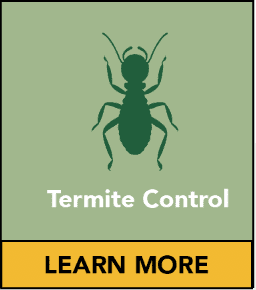Observing strategies fall into three kinds: outright techniques, relative strategies, and populace lists like following in pest control southend .

Outright techniques: evaluations of nuisance populace thickness are communicated as a level for every unit of harvest region or as a level of the testing units impacted. Models are immediate visual counts per plant or foot of column or unit of the region.
- Benefits: wide scope of materialness, less impacted by spatial examples and changes in bother conduct and testing proficiency, simpler to foresee potential harvest harm.
- Impediments: More tedious
Relative techniques: Estimates of nuisance populace movement per unit of exertion or time yet not communicated with units of the harvest region. Models incorporate visual hunts, clear net testing, beating or shake material assessments, blacklight traps, pheromone traps, visual tacky snares, and lure traps.
- Benefits: yield more information given a similar exertion, less tedious, and simpler to execute.
- Disservices: effectiveness is impacted by bother conduct, diurnal movement, weather patterns, the yield living space being tested, and varieties in how the strategies are conveyed; requires more data to relate relative appraisals to potential harvest harm.
Populace Indices: assessments of harvest harm or the recurrence of vermin pervasions which by implication mirror the size of the nuisance populace. Models are the level of plants swarmed or sick, level of defoliation, level of harmed natural products, visual appraisals of root or foliage injury, and so forth.
- Benefits: less tedious, simple to carry out, and more straightforwardly connected with crop yield misfortunes.
- Inconveniences: Cannot be utilized alone to go with control choices, may not permit sufficient opportunity to make the executives moves.
Show knowledge of life cycles and development propensities (dicotyledons and monocotyledons) of weeds and what these attributes mean for weed administration.
Life cycles
Annuals – complete life cycle in one year:
- Summer annuals – sprout from seed in spring or late spring then bloom and set seed before the finish of the developing season, for example, normal ragweed and enormous crabgrass.
- Winter annuals – grow from seed in pre-fall or fall, then bloom and set seed the accompanying spring or late spring, for example, corn chamomile, shepherd’s handbag, and purple deadnettle.
Biennials – require two years to finish life cycle:
- They make vegetative development the main year. Then after extra vegetative development in the subsequent year, they bloom and set seeds, for example, normal burdock and bull thorn.
Perennials – live for over two years
- Perennials recreate from seed just or from seed and vegetative organs.
- Enduring plant structures include:
- Straightforward – from seed just, for example, dandelion and wavy dock.
- Bulbous – form seed, airborne and underground bulblets, for example, wild garlic.
- Tuberous – from seed and tubers at tips of rhizomes, for example, yellow nutsedge.
- Crawling – from seed and either stolons (prostrate stems or sprinters that root at the hubs) or rhizomes (underground crawling stems). Rhizomes might be either shallow “established” (quackgrass and wire stem muhly) or profound “established” (normal milkweed and horsenettle).
- Dicotyledons or broadleaf weeds have two seed leaves and apical/hub meristems so stem prolongation is from the tip(s).
- Monocotyledons have one seed leaf and basal or intercalary meristems so stem lengthening is from the lower piece of internodes.

